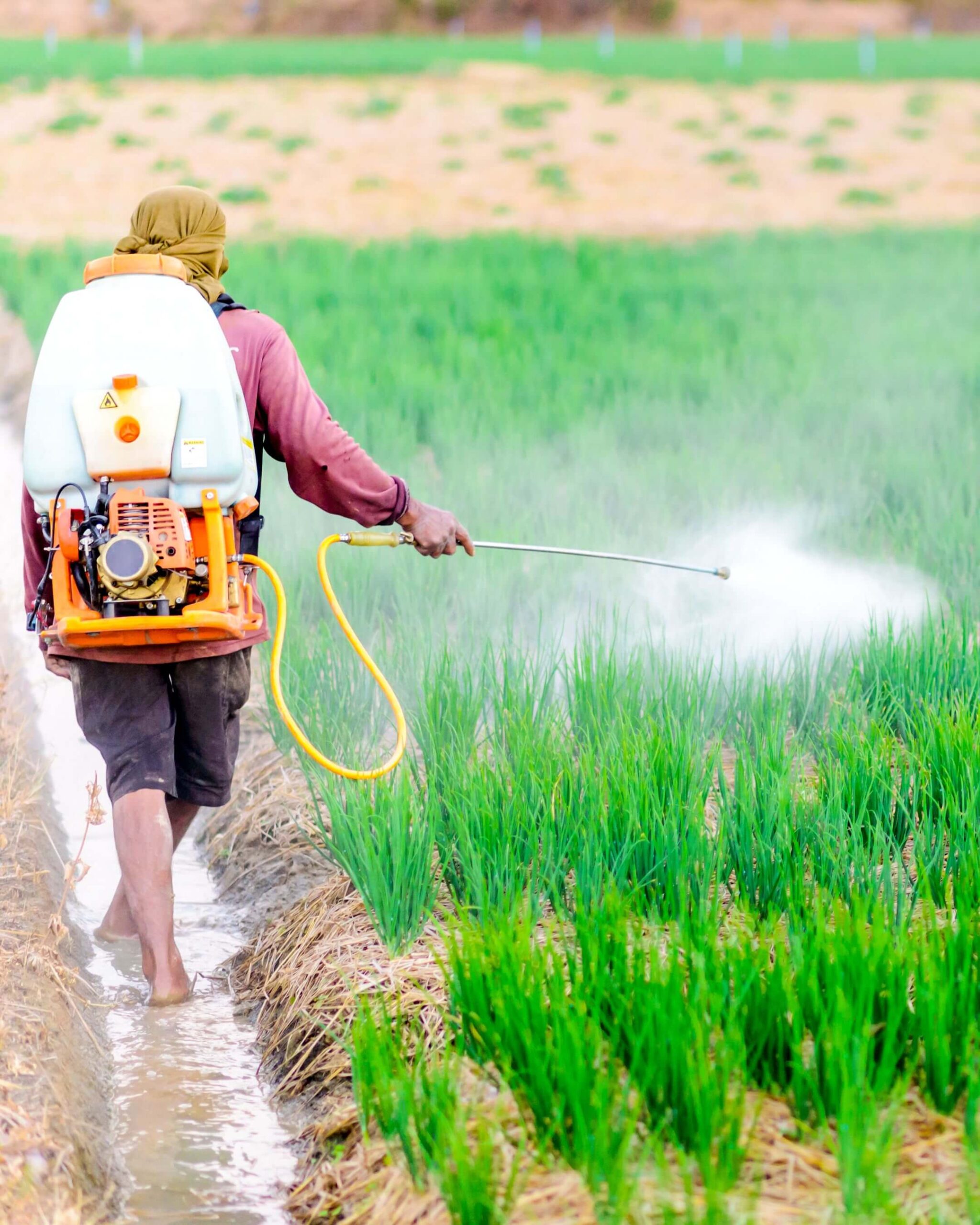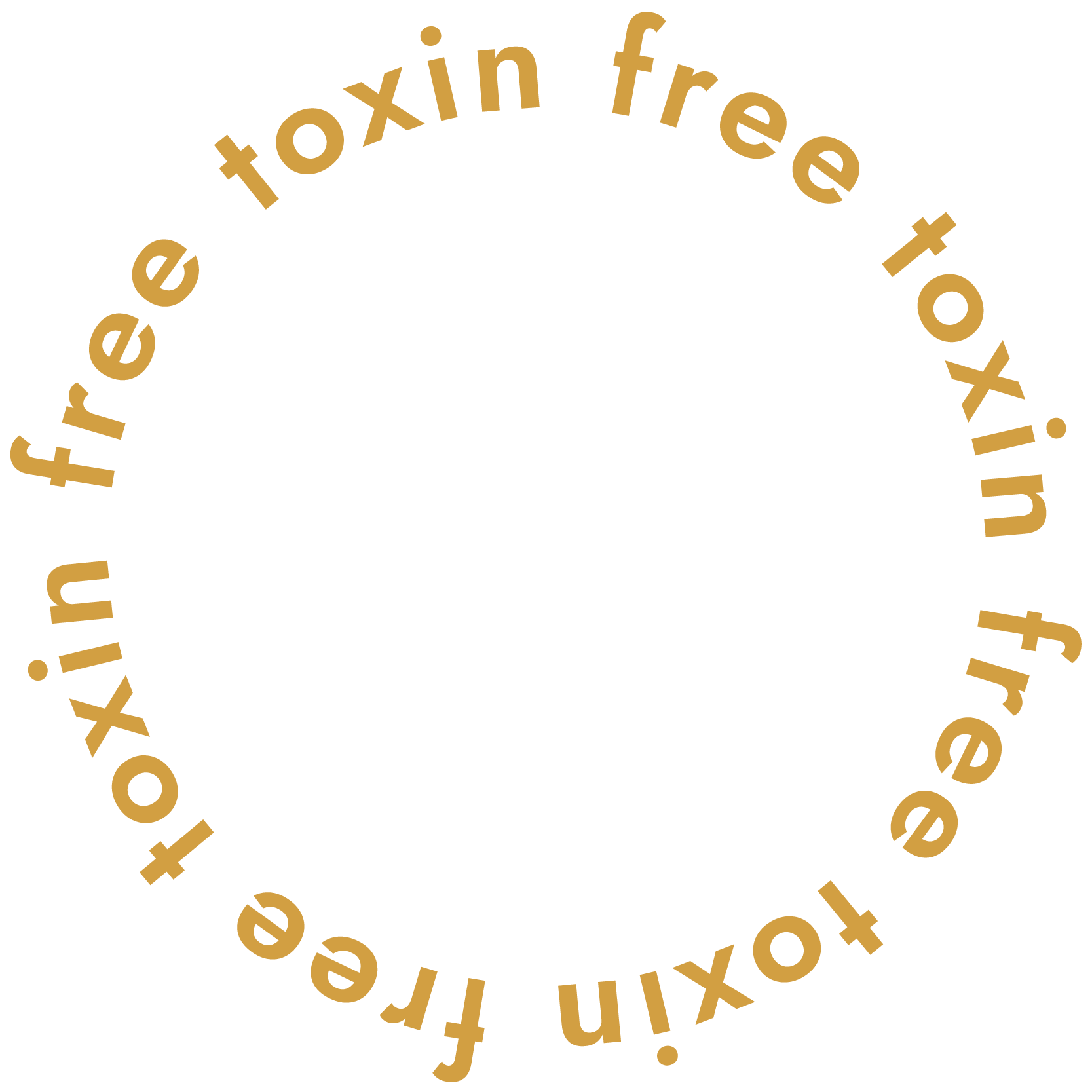Apple Podcasts | Spotify
Last week, the U.S. Environmental Protection Agency (EPA) made a surprising announcement, a first in forty years. They issued an immediate emergency ban on a pesticide called DCPA. Now, I know what you’re thinking – wow, I’m glad they’re pulling a harmful product off the market! Taking action on banned pesticides in the US like DCPA is a cause to celebrate, but let’s dig a little bit deeper.
The unfortunate truth is that this pesticide has been used in the U.S. since the 1950s and we’ve known about its harmful effects since the 1990s. So why did it take so long to ban DCPA? What is DCPA used for? And who in our population is most directly negatively affected by this pesticide? We’re going to dig into all of the details in today’s episode.
I also want to take you behind the scenes on how regulatory agencies, influenced by industry pressures, often prioritize manufacturers over public health. This is important information to have, even post-ban, because there are still tons of pesticides on the market that, frankly, should have been banned a long time ago.
In this episode, we’re chatting about:
- Understanding DCPA as a chemical
- The EPA’s delayed response and public pressure
- California’s struggle with DCPA
- How to protect yourself from harmful pesticides
What is DCPA?
ISK Biosciences, the manufacturer, stopped producing this pesticide in 1998. After ISK stopped manufacturing it, the American Vanguard Corporation, through a chemical subsidiary, began making it in 2001 for use in America.
In 2008, the Safe Drinking Water Act looked at this chemical to determine whether or not the EPA should regulate how much is found in drinking water. They didn’t find enough of the byproduct of this pesticide in water to regulate it.
In 2013, the EPA working with the Department of Agriculture went to AMBAC and said they needed the study on the fetal thyroid impact on this pesticide. This type of request is fairly common, but AMBAC didn’t respond so nothing came of it until the EPA finally got some data in 2022.
Why is DCPA Harmful?
The data shows this stuff is really bad. On laboratory animals, DCPA has been shown to have damaging effects on the:
- Adrenal glands
- Kidney
- Liver
- Thyroid
- Spleen
- Decreased motor activity
- Poor reflexes
The EPA also says that when pregnant mothers are exposed to DCPA, their babies could experience changes to fetal thyroid hormone levels. Those changes are linked to things like low birth rates, impaired brain development, decreased IQ, and impaired motor skills and all of these are irreversible and lifelong issues.
How is DCPA Used?
It is used to kill weeds on farms and grassy fields like golf courses and turf fields. It’s also used on broccoli, onions, Brussels sprouts, and cabbage. The largest concentration of use of this stuff is in the state of California. According to the state of California, growers used nearly 200,000 pounds of DCPA between 2021 and 2022.
The people most at risk are farm workers and those who live in the area, but there haven’t been any studies that I’ve seen on what happens to those crops that are grown with this stuff on it. I want to give a huge shout-out to the Center for Food Safety for pushing the EPA on this issue. Ultimately, the EPA decided to move forward with this ban after they finally received the thyroid study they asked for in 2013.
The reason I wanted to talk about this is because other pesticides are being used that have been out there for decades and the manufacturers are saying it’s safe. Yet, data and research show it isn’t safe. How much leeway is the EPA going to give these manufacturers of these pesticides until they finally say enough is enough? If this isn’t a lesson in taking control of your health, I don’t know what is.
How to Avoid Pesticides
So what can you do to avoid banned pesticides in the US? Do your best when you go to grocery stores. Meet your farmers at the farmer’s market. Try to purchase organic or frozen produce when you possibly can. If you can find a farm that doesn’t use any pesticides, even the ones that are approved for organic fields and they’re farming regeneratively, that’s even better.
I always have mixed feelings when we get new banned pesticides in the US. Obviously, I am super happy and excited that the EPA finally came through on this, but I’m heartbroken for the people who have been harmed for decades and decades because the EPA didn’t take action.
If you enjoyed this week’s episode, please:
- Leave a positive review or rating wherever you listen
- Shop toxin free products on my Toxin Free Shopping Guide
- Download your free 25 Toxins to Avoid
- Post a screenshot, share what you loved, and tag me on Instagram @wendy_toxinfreeish
- Want to ask me a question to get answered on the podcast? Leave me a voice message here.
Related Episodes:
Episode 8: Toxin Free(ish): How to Prioritize What Matters Most
Episode 76: The Healing Power of Regenerative Farming with Brett Packer from Young Living


+ show Comments
- Hide Comments